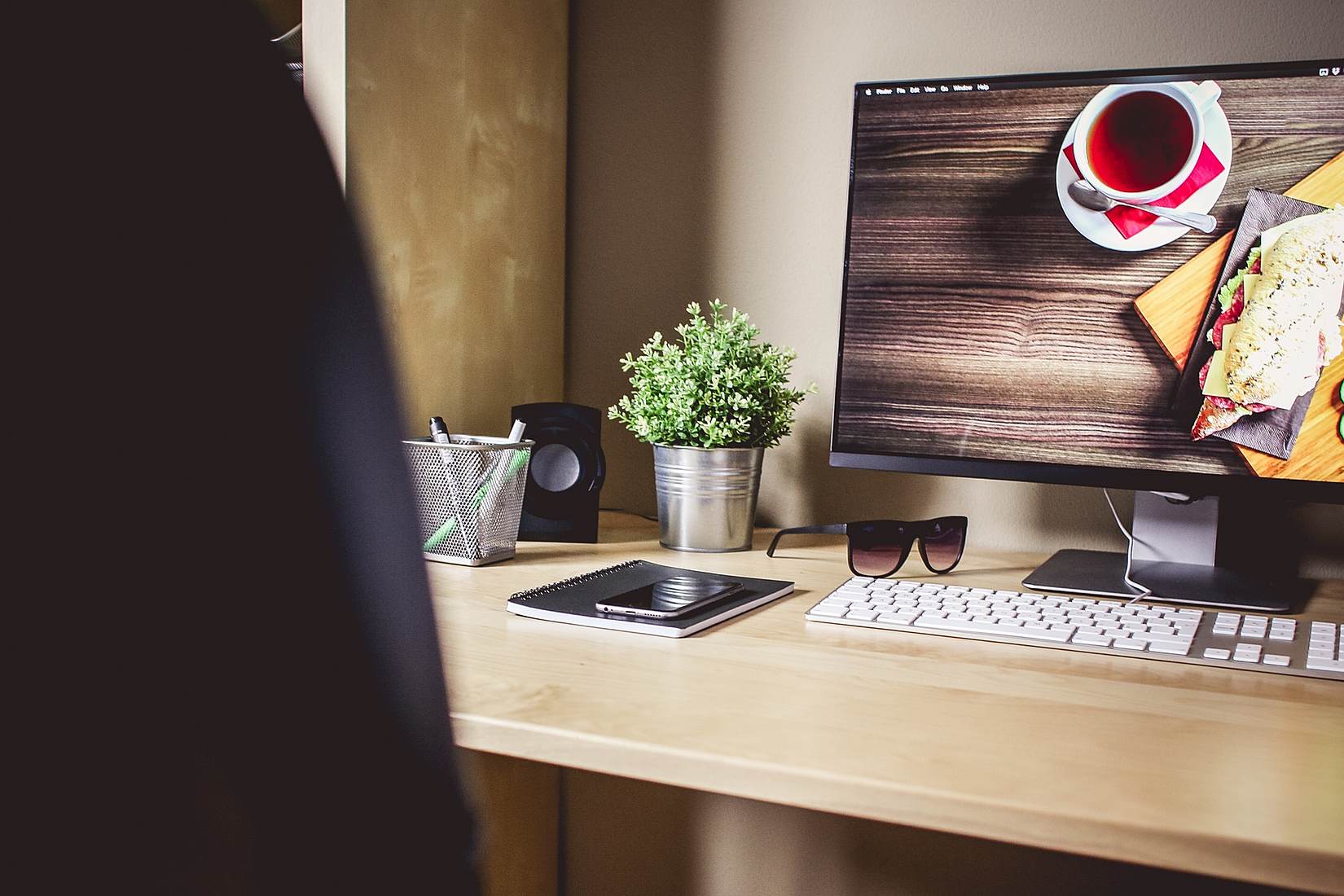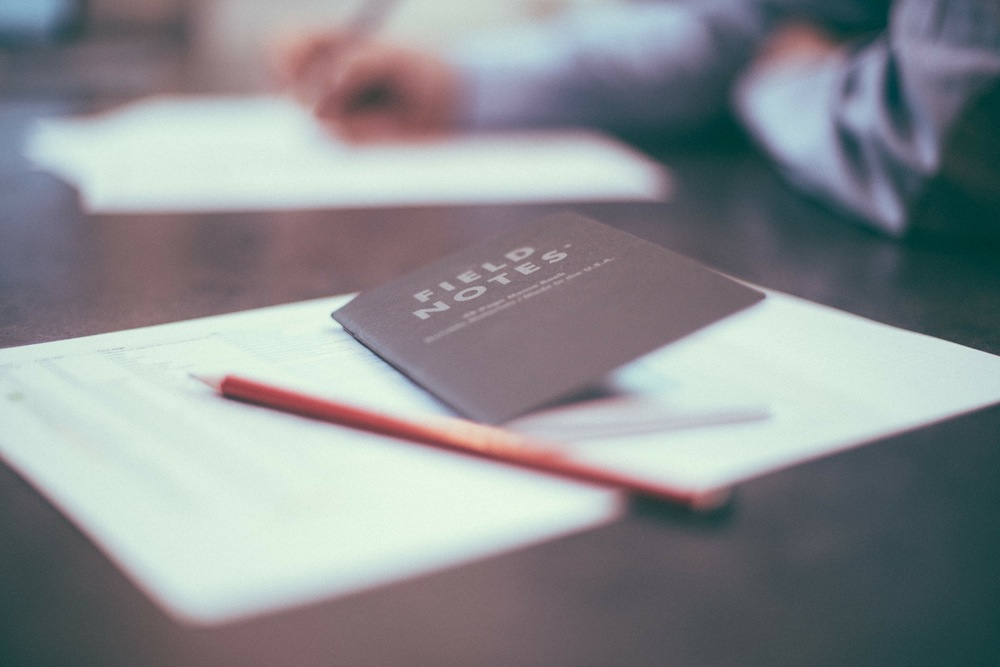The Basics
1. Get inspired.
Inspiration that jumpstarts the flow of creative juices can come from anywhere. When creating a logo, the obvious sources of inspiration are design-centric websites like Logo Gala. Expand your research to other creative sites such as Dribbble or Deviant Art. Offline, observe your surroundings. Anything that makes you fired up or happy is a potential root of an awesome idea.
2. Learn anything and everything you can about logos.
An effective logo is unique, sensible, visually enticing, and delivers its intended message. In its basic form, a well-designed logo is a form of brand identity. However intricate or time-consuming the design process gets, the end product must always be simple to understand, memorable, enduring, versatile, and appropriate.
3. Develop your own creative process.
Every designer has his or her own approach, and it's almost never linear. However, a majority of them follow a general branding process. This consists of the following:
- Design brief - interviewing the client and making sure you get all the information you need.
- Research - learning more about the industry/niche, as well as the client's history and competition.
- Reference - checking out design inspiration related to what the client needs, as well as looking at the current design trends.
- Conceptualization - sketching and developing the logo around the given brief and the research you've made.
- Reflection - letting the idea mature following a quick design break.
- Presentation - choosing a couple of design options to show the client, as well as getting feedback and doing some edits until the design is complete.
4. Set up your price system accordingly.
“How much for this design?” is arguably one of the most frequently asked questions, especially during the briefing process. It’s also a question that’s hard to answer, since every client has different needs and requirements. You need to learn business skills – especially if you’re a freelancer – to price your work accordingly. Look into the different factors involved in designing a logo. These include the number of concepts to present, the number of revisions to make, the degree of research needed, and so on.
The best way to handle this business aspect is to draft a customized quote for every client. In doing so, you will learn how to put a financial value on your designs (which is a different topic altogether).
5. Learn from others.
By understanding how other brands made it to the top, you will get tremendous insights on logo-making as a whole. At one point or another, this awareness will you help you become better at what you do.
Tips and Tricks
6. Research your audience.
Designing a logo is not just about creating an appealing visual. Your main objective is to build up a brand. You also need to set up a communicating position between the company and its target audience. This is why market research is important. It's highly recommended to involve the client at this stage since your take on the brand may not be the same as theirs. It's critical that you’re 100% clear on the message before you start the creative process.
7. Throw yourself into the brand.
Ahead of doing logo sketches, invest some time compiling information about the client: who they are, what they do, how they work, and what their target market is. Study previous versions of their logo (if available), and think about the upgrades needed to fully represent the brand. Then, make a list of do’s and don’ts pertaining to what the client needs before you get the ball rolling.
8. Save all your sketches.
It's a common practice for designers to come up with a number of sketches for a single project. Even if you're able to pinpoint early on which sketch to develop, don’t discard the others as they can be valuable resources in the future. Just because the other sketches didn't work for one client doesn't mean they won't work for another. Revisit them whenever a new project comes in to find a seed of inspiration.
9. Research online.
If you're struggling with ideas or concepts, look up keywords associated with the brand online. You can also search through Google images for visual inspirations.
10. Create mind maps or mood boards.
These kinds of tools help filter the ideas in your head, and mix up various images and concepts. Work with keywords and word alternatives to accumulate a variety of inspiration using different sources. Place them in one giant mood board to see how they work together.
11. Build a board and tear it apart.
This is in connection with the tip above. Make a mood board of logos related to your project. Evaluate what made them effective. Afterward, tear the board apart and use your assessment as a guide to make your own unique creation.
12. Stop with the clichés.
Every couple of years or so, a new design fad enters the ballgame. Study the styles - you can even use some of them - but avoid jumping on the bandwagon if the “new” idea is basically just a rehash of an old one.
13. Make the design versatile.
Creating a versatile logo goes a long way in ensuring its longevity. If the logo looks great on posters but awful on novelty items, it can limit its popularity. Versatility plays a huge role on how you select the elements of your design - colors, fonts, layouts, and the likes.







Turbologo - one of the best logo creators
ОтветитьУдалить